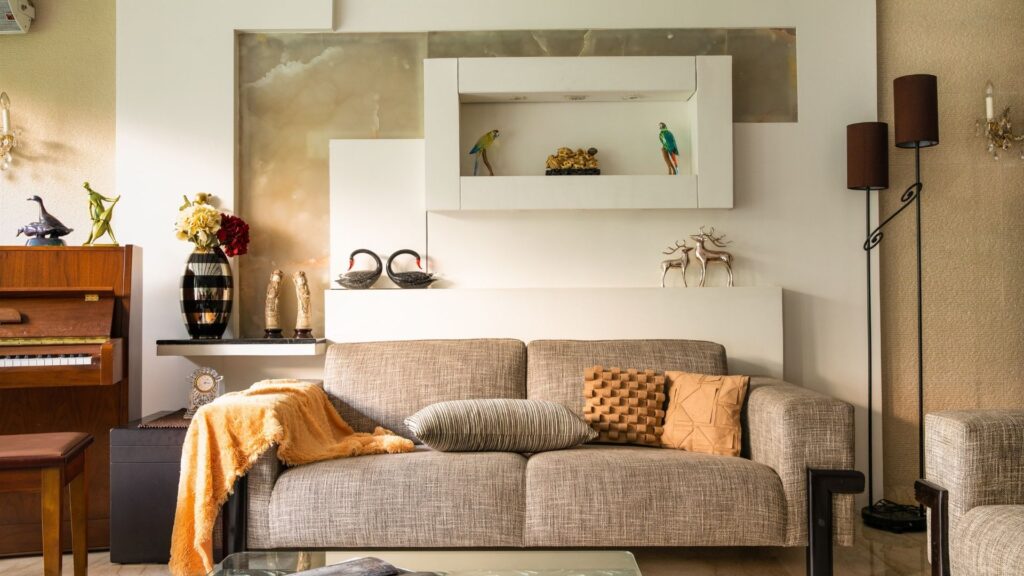
Know the Right Color and Make Them Enviously Green
Over the centuries and across the globe, people of varying social position and economic means have constructed homes for themselves and their families. Having a place to call home is essential, and that place exists as much in one’s imagination as it does in any given physical location. Your home has always been a gathering place, a refuge, and a sanctuary, offering an escape from the clamor and intrusion of the outside world. As with all other aspects of life, it is occasionally necessary to give your home a facelift. Renovating your home is not only a major undertaking, but also a life-altering decision.
Remodeling a home is an ambitious investment. There are many ways to improve the appearance of your home, from purchasing new furniture and appliances to installing new carpeting, curtains, and wallpaper.
One more highlighted feature that can be easily used to update your home has been identified by a team of professional painters and interior designers who collaborated on Sirwiss.
And that’s with Colors.
Color Psychology
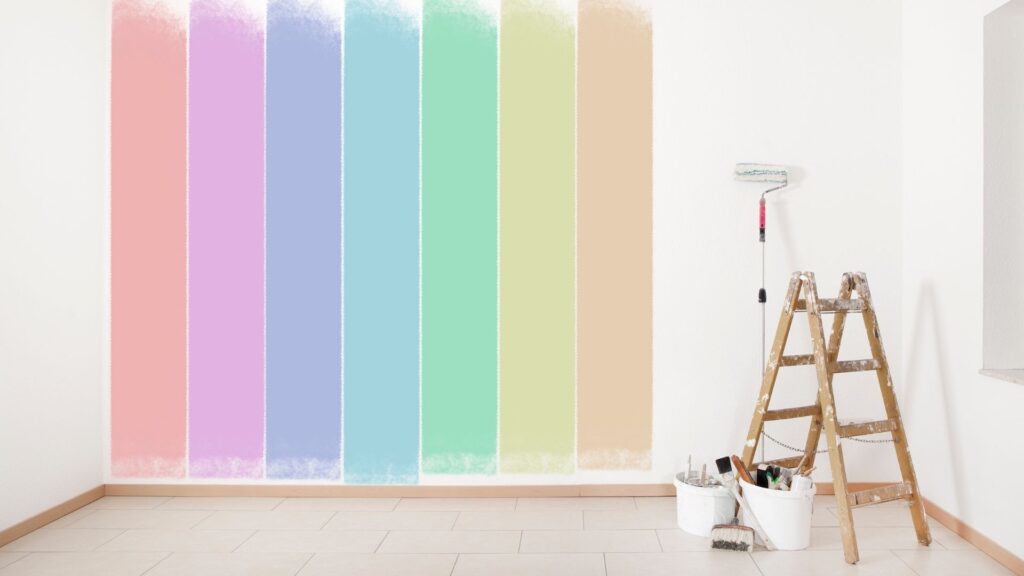
The study of color theory, or color psychology, includes mastering the color wheel. Color theory goes beyond simply using a color wheel to determine which colors work well together in a given space; it also takes into account how these hues might convey or alter a person’s state of mind. You can make a space that is a reflection of you and your tastes, if you know the fundamentals.
Color preferences play a significant role in how we decorate our homes, but color psychology suggests that we should also consider the purpose of the room, how we want to feel in it, etc., and choose colors accordingly.
The Distinction Between Hue, Tint and Shade
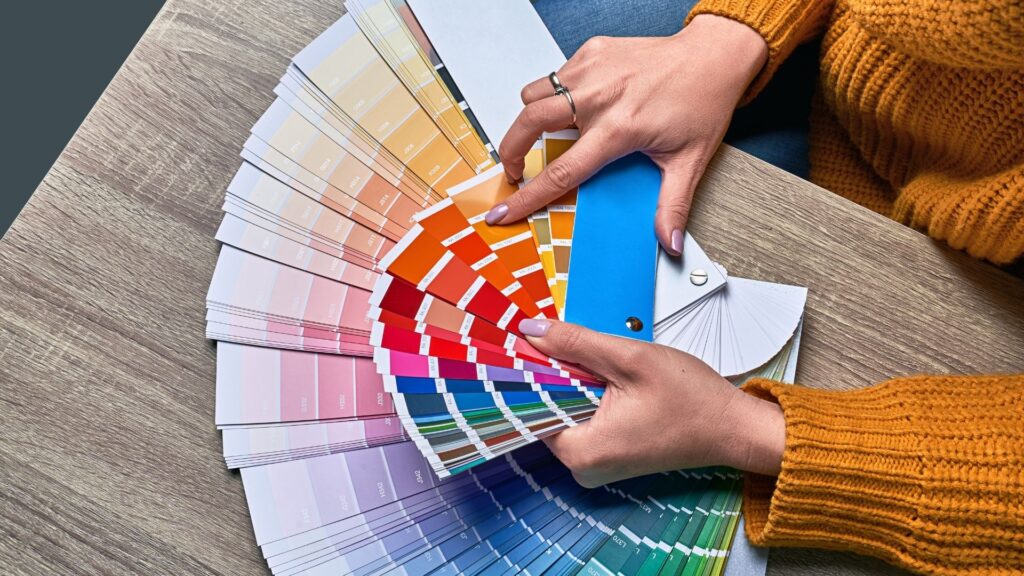
It’s important to learn the correct terminology for using the color wheel. Most discussions of color use these three terms. Nonetheless, they frequently get mixed up. Although they are often used interchangeably, there are actually three distinct meanings to each.
1. Hue: Hues are the primary, secondary, and tertiary colors that make up the outer rim of the color wheel. Since they are so striking, they are typically toned down or amplified for most interior design projects.
2. Shade: When you mix black into a color, you get a new shade that is darker and more complex than the original.
3. Tint: The addition of white creates a tint, which is a less saturated version of the original color.
Color Combinations to Elevate Your Home
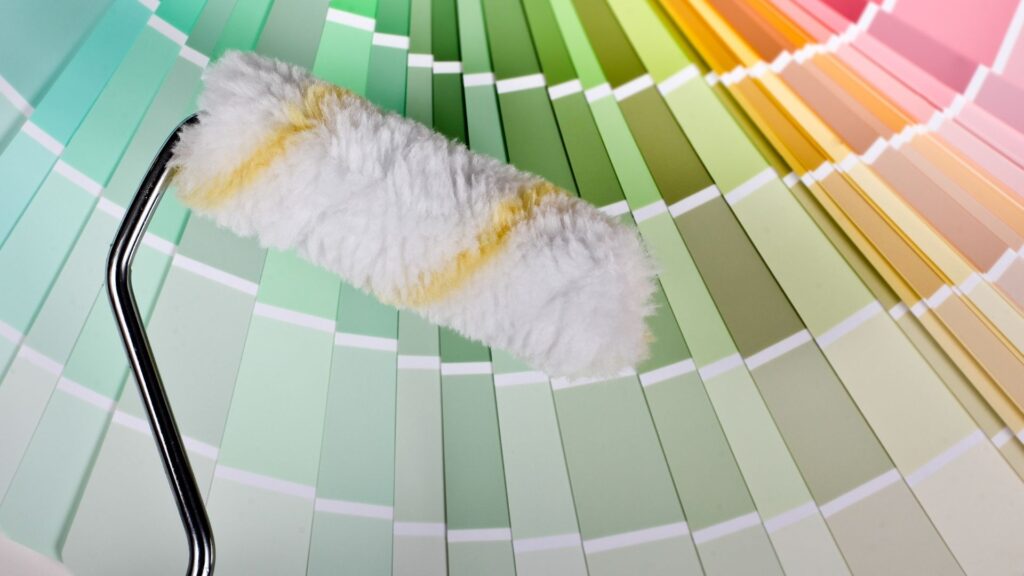
Color is a powerful tool, as any skilled designer will tell you. It can be used to set the tone for a room, tell a story, or even alter a person’s emotional response to their environment. Picking the right color scheme for a space is pivotal, and it can be tricky. There is a lot of weight on the shoulders of the person tasked with choosing the right color scheme for a given area. Knowing which colors complement one another and why can help you make better decisions when picking out paint, furniture, and other decorative elements. Sirwiss-affiliated professional painters will tell you that there are many viable options for combining colors.
It is one of the oldest tricks in the book and is very simple to use. Color can shape and form a space, as well as completely transform its mood. Here, you’ll learn how to choose the right colors for your home and witness the transformation that can be brought about by the power of color.
1. Choose Different Color Temperature Scales
There are two distinct categories that can be created from the spectrum of colors. It’s either hot or cold. Furthermore, the most beautiful color schemes are those that combine colors of the same temperature. Use of complementary colors is a tried-and-true design principle; for instance, the green and blue colors are a perfect color combo. The integration of warm neutrals, such as a mild beige with a rich brown or a deep shade of orange, is also very aesthetically pleasing.
2. Dark Colors Benefit
Using dark colors in your project will accomplish multiple goals. Initially, dark hues can help walls or a ceiling stand out in a room. Using dark wall colors, such as navy or charcoal, will make a room feel smaller and make the walls appear closer. If you want to create a more intimate atmosphere in a room that is too large, this is a good technique to employ. Painting a ceiling dark will significantly make the ceiling appear to exert influence on a space and should only be used when the ceiling is exceptionally high.
3. The Prevalence of Light Hues
While dark colors tend to draw attention, pale or light colors do the opposite. When decorating a small room, using light colors can make it feel and look much larger. Since white reflects light and gives the impression of height, it is commonly used to paint ceilings. If you want to avoid the claustrophobic feeling of a small room, like a powder room or study, painting the walls in light colors is a wonderful idea.
4. Apply Monochrome Technique
You’ll learn to love working with a monochromatic color palette. Compare tones. A very chic look that’s easy to achieve by working with monochromatic colors. To achieve a beautiful effect, pair colors that are the same hue but have slightly different tones, such as a pale blue and a deeper blue
5. Bold and Beautiful
It is possible to achieve a wide variety of visual and emotional effects through the careful application of vibrant colors. When a room is looking a little drab, a few splashes of vibrant color can really perk it up. A color scheme with too many contrasting hues can be discordant, whereas a more subdued color scheme is generally more conducive to promoting peace and tranquility. In a home decorated in the Hamptons style, accessories may be limited to blue and navy, whereas a teen hangout may benefit from a more vibrant use of contrasting colors.
6. Colors that Compliment
When thinking about color in terms of the color wheel, it is obvious that complementary colors go well together. Complementary colors are those that appear to work well together when placed next to one another. These colors are found on opposite sides of the color wheel from one another. For example, the combination of coral and blue-green aqua makes for a stunning complementary color scheme.
Which Room and Which Paint Color
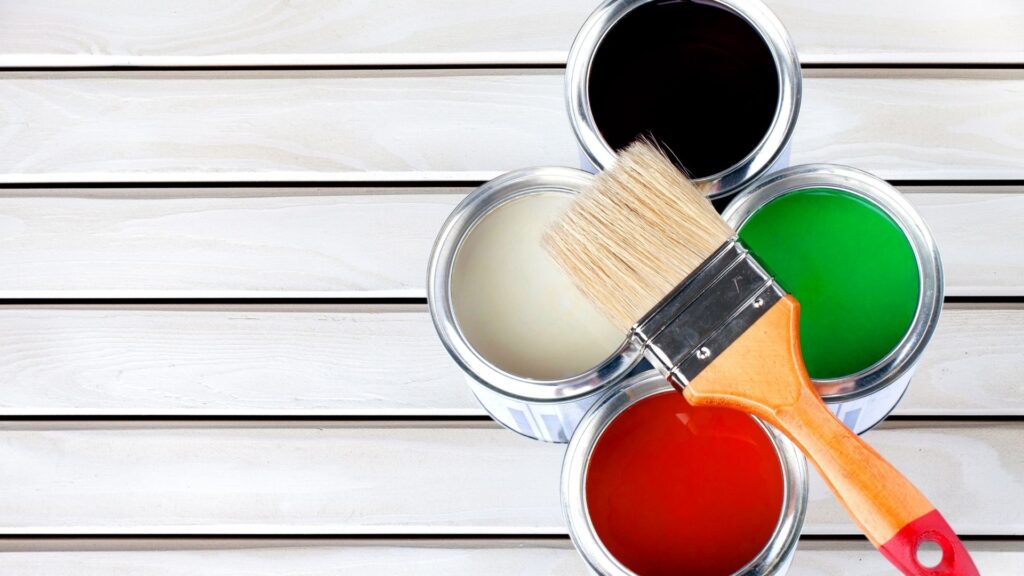
Once you’ve considered colors to visually expand the room’s proportions, or remedial measures for gloom, and thought about its orientation, as well as the times of day you’ll mostly be using it, you can choose a paint color that also complements the functions of the space.
1. Colors Suits Your Living Room
A living room’s walls should be white or a variation of off-white or cream if you want them to serve as a backdrop for stronger shades of furniture, rugs, and accessories. The versatility of grey neutrals means they can be used in any home, from a studio apartment to a family mansion. Blues, from the calming ocean tones of teal to the sophisticated darks, have become increasingly popular in recent years and continue to be used in many homes. When a little drama is needed in the living room, a nearly black couch is a big hit. To make a large room feel cozier, they work well.
2. What Is the Best Kitchen Color?
As the kitchen is often used as a meeting place, it makes sense to use inviting hues such as yellows and oranges on the walls. If you feel like painting the entire room would be too much, consider painting just one accent wall and pairing it with a neutral color for the rest. Lighten things up by painting the walls a soothing shade of blue or green; these colors work particularly well in rustic or country-chic decor.
3. Best Colors for a Bedroom
Use somber tones like indigo blue and the darkest grey to create a cozy atmosphere in your bedroom. Use light flooring to counteract a room with dark walls. Keep up with the botanicals trend by decorating with houseplants and leafy green walls. One of the best bedroom paint colors is a relaxing neutral, so stick to the palest shades if you’re trying to make a small room feel bigger. Grayscale is still popular because of its modern and elegant appearance.
Trying to decide what color to paint your child’s room? Colors like yellow and denim blue will work wonders, as will stripes and murals. Every one of them can be simply repainted to reflect the current trends in interior design.
4. Colors for Your Bathroom
With white walls in the bathroom, you can maintain a fresh, open atmosphere. This can be a simple contrast to colored tiles, but it also works with white tiles because the varying textures add visual interest. Keep with the aquatic theme by using a blue or green that is reminiscent of the sea. Soft neutrals, such as cream or pale grey, are a sophisticated addition to a bathroom decorated in a classic style. Acid green, sunshine yellow, or fizzy orange would all look great in a family bathroom.